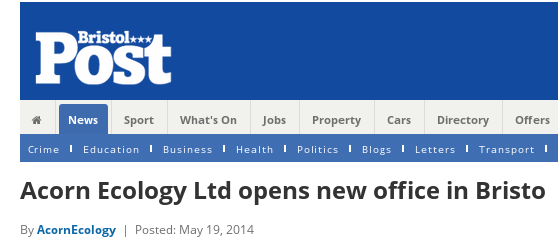Juvenile errors
Today’s online version of the Bristol Post carried a piece with a real howler of a typo in its headline, as shown by the following screenshot.

After reading the headline, I was uncertain as to whether our councillors are below the minimum age or ‘earn’ less than the minimum wage for their services.
The typographical error in the headline has since been corrected.
By equating the councillor’s allowance with a wage or salary, the Post is making yet another juvenile error. Elected members of the City Council receive allowances in recognition of the time, work and costs involved in allegedly representing the people of Bristol; a wage is defined by Collins English Dictionary as a “payment in return for work or services, esp[ecially] that made to workmen on a daily, hourly, weekly, or piece-work basis.”
Furthermore, yesterday the Post lifted this story from The Guardian about probable nuclear targets in the UK in the 1970s and completely misinterpreted the map (PDF) produced by The Guardian to accompany the piece, which clearly shows Bristol as a probable nuclear target, one of 106 around the UK. Instead the Post confidently proclaimed in its story that “Bristol was not thought to be important enough to be a target for Soviet missiles, according to government papers made public yesterday”.
Fellow local blogger Stockwood Pete commented this was “Horribly inaccurate reporting even by the Post’s low standards.”
One has to wonder if quality control is beyond the abilities of the Bristol Post.



 One of the Act’s results was the creation of the
One of the Act’s results was the creation of the 


 As an indulgent uncle, I was very impressed by my
As an indulgent uncle, I was very impressed by my 

